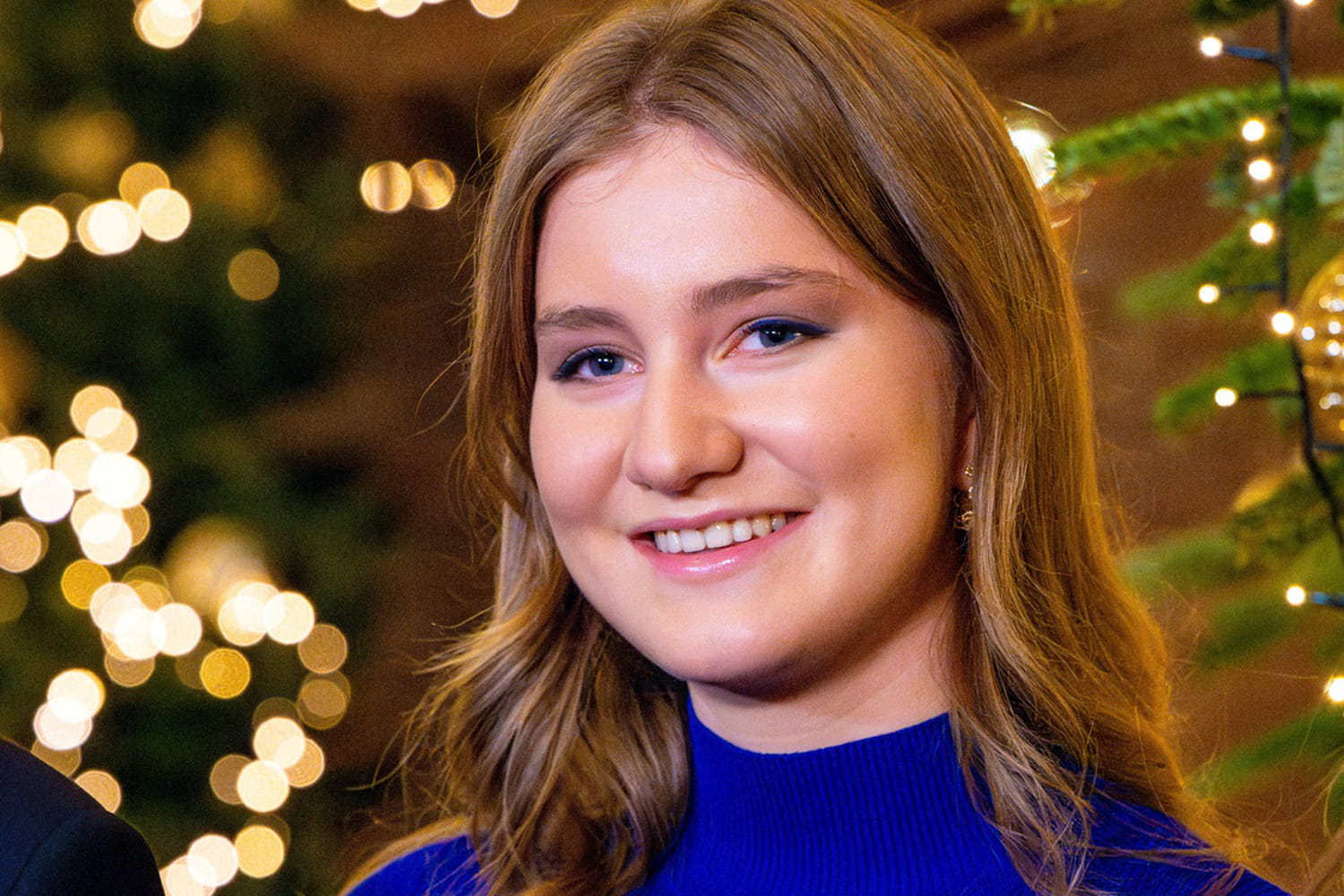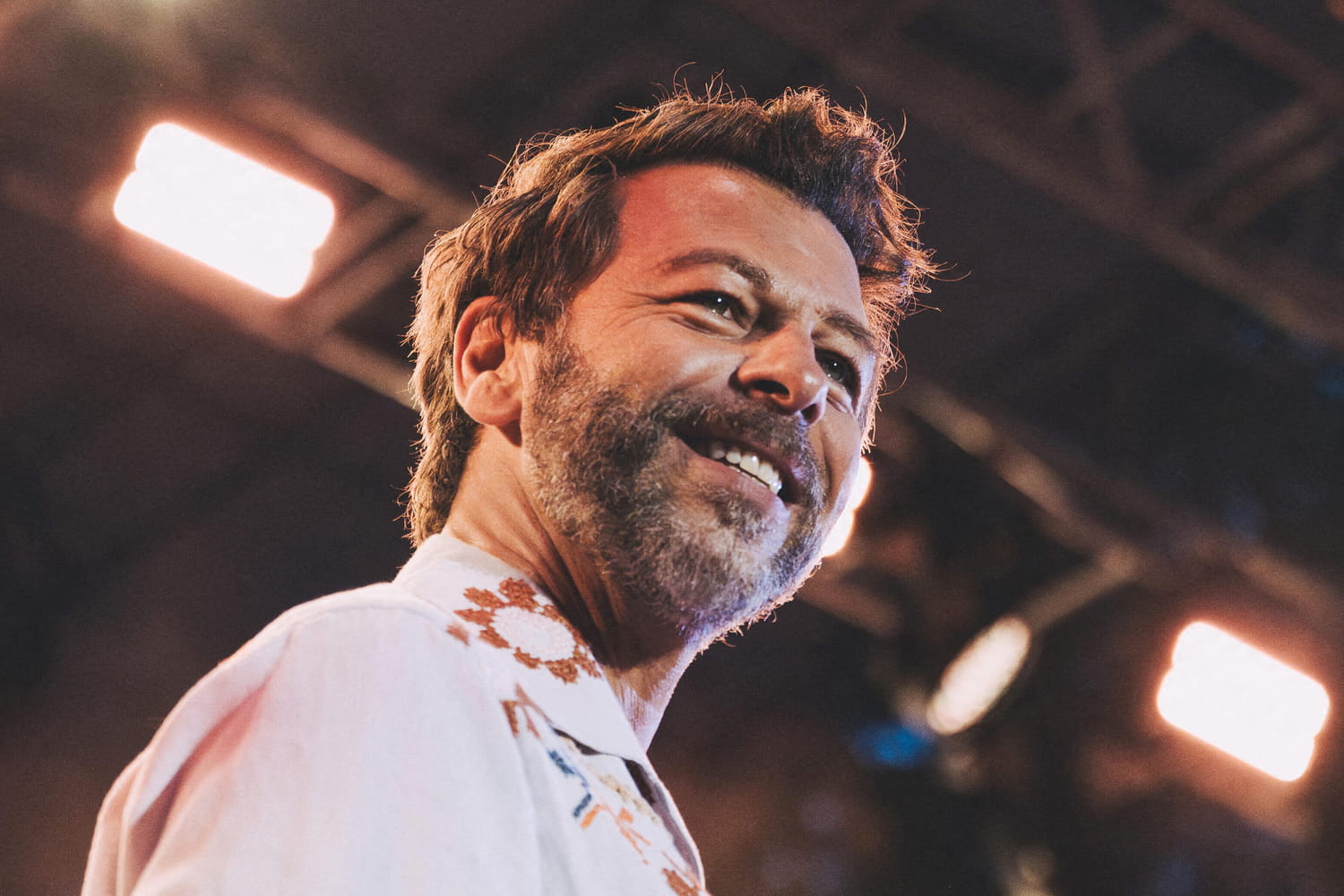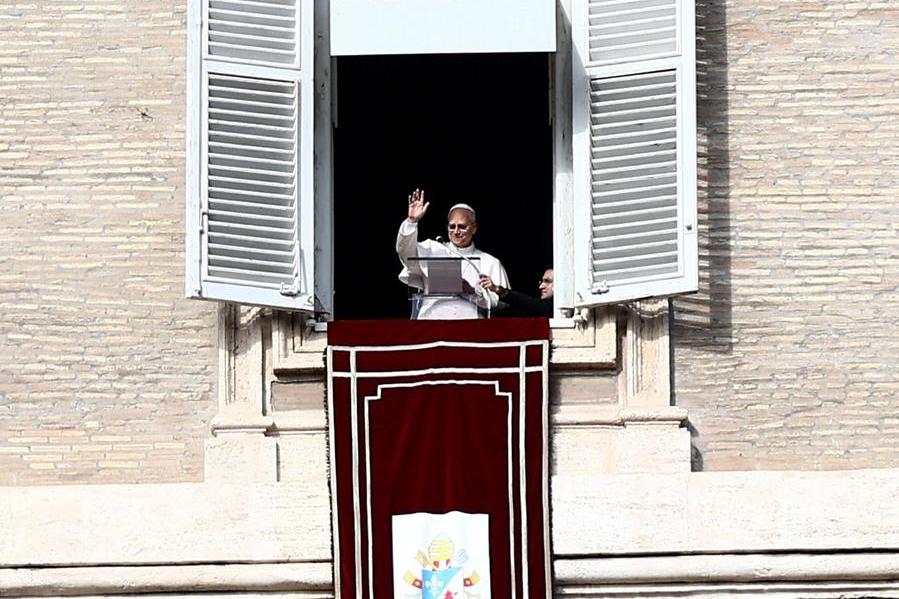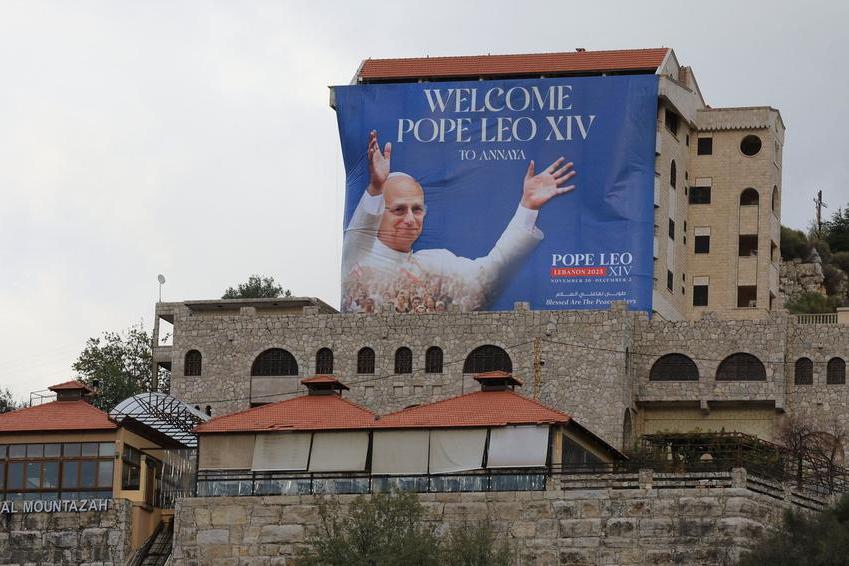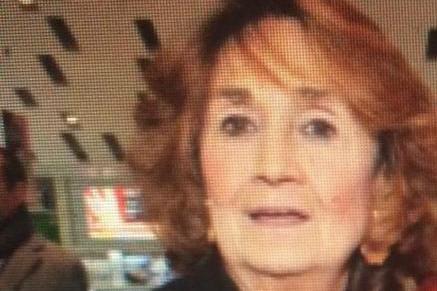From November 27 to December 2, Pope Leo makes his first trip: he goes to Türkiye and Lebanon. Starting from John Paul II, At the beginning of his ministry, the Pope went to Istanbul to visit the Ecumenical Patriarchate, led by Bartholomew. Paul VI, in 1964, made his first trip in the world to the Holy Land, where he met Athenagoras, Bartholomew’s predecessor: ecumenism between Catholics and Orthodox began. Monsignor Angelo Roncalli (John XXIII), as apostolic delegate in Türkiye, visited the Patriarchate, an unusual event in non-ecumenical times.
The Christian memories of these lands motivate Leone’s journey: in particular the 1,700 years of the Council of Nicea, foundational for undivided Christianity. This was a land inhabited by Christians, not only in the Byzantine era, but also after the conquest of Constantinople by the Ottomans in 1453. Christians were still, at the beginning of the twentieth century, around 20-22% of the population of what would become Turkey: Greek Orthodox, Armenians, Syriacs, Assyrians with a small Catholic minority (Latin, Armenian Catholic, Syriac Catholic, Chaldean).
The world war marked a crisis for Christians, especially the Armenians, who suffered a massacre at the hands of the Ottomans and Kurds: around one and a half million were killed along with many other Christians. The affair was denied by Republican Türkiye and is still a sensitive issue today. After the Greco-Turkish War, with the Treaty of Lausanne in 1923, one million and 200 thousand Greeks had to leave their ancestral lands in Anatolia and the Turks of Greece were moved to Turkey. Only the Greek Orthodox of Istanbul and the islands of Imbros and Tenedos were able to remain. Today they are reduced to a few thousand, but the moral authority of the Patriarch of Constantinople, based in the Phanar, an ancient district of Istanbul, which has jurisdiction over the Greek diaspora in the world, is strong.
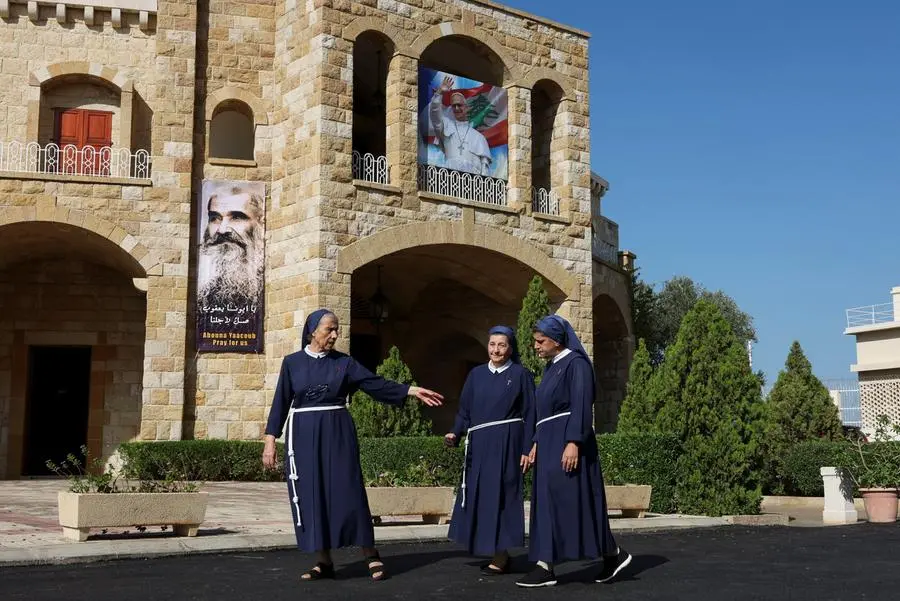
Leo goes to the Phanar, like his predecessors, on the feast of Saint Andrew, patron saint of the Patriarchate: Rome and the Phanar have been protagonists of ecumenical history for sixty years. Bartholomew is an important figure among the spiritual leaders, a friend of the Popes who followed one another. In Istanbul, Leone visits, in addition to the Phanar, the Armenian Patriarchate and the Syrian Orthodox Church inaugurated in 2023.
The Pope linked the trip to Türkiye to Lebanon: something new. Lebanon is decisive for the Christian presence in the Middle East. Here Christians and Muslims live together on an equal footing. The political framework is difficult due to past relations with Syria, Israel, the armed presence of Hezbollah, the Palestinian refugees in the country since 1948. But Lebanon, as John Paul II said, is a message: evolution of the multi-religious regime of the Ottoman Empire, today it is a laboratory of living among different people in the heart of the Arab-Muslim world.
Leo brings his support to Christian-Muslim dialogue and visits Catholics. The Church cares deeply about the free civil society of Lebanon in the context of the encounter between Christianity and Islam. It is no coincidence that the visit ends with a prayer from the Pope at the port of Beirut, where in 2020 a shipment of ammonium exploded which killed 200 people, injured 7,000, leaving 300,000 people homeless and without grain reserves. Thus the Pope recalls the conflicts in the country of the last half century and supports a new era of peace.
